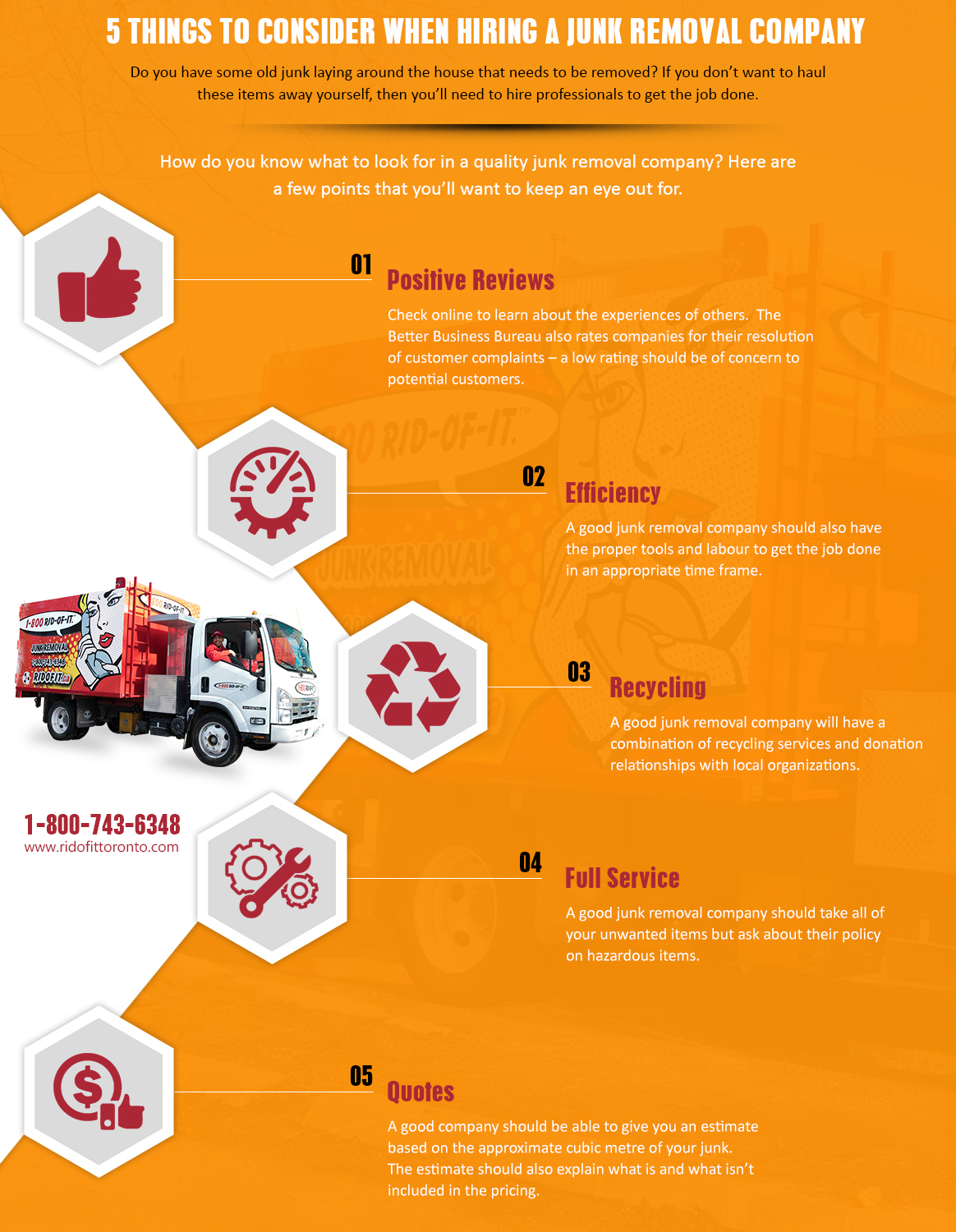Selecting The Perfect Dumpster Dimension For Your Project: A Comprehensive Overview
Selecting The Perfect Dumpster Dimension For Your Project: A Comprehensive Overview
Blog Article
Staff Writer-Templeton Snider
When embarking on a task that calls for a dumpster, the dimension you pick can substantially impact its efficiency and cost-effectiveness. Visualize having the excellent container that suits all your waste without being excessively big or as well small. All of it begins with comprehending the subtleties of your task and selecting a dumpster dimension that lines up with your specific requirements. So, prior to you make a decision, think about the variables at play to ensure a smooth waste management process from start to finish.
Elements to Take into consideration
When choosing the ideal dumpster dimension, there are several crucial factors to think about.
First, think of the sort of waste you'll be disposing of. Various materials might need differing amounts of space, so understanding what you'll be placing in the dumpster is essential.
Next off, examine the amount of waste you anticipate to create. If you undervalue the volume, you may need to make several trips to dispose of every little thing, which can be inconvenient and costly. On the other hand, leasing a dumpster that's too huge can lead to unneeded costs.
In over here , consider the room where the dumpster will certainly be positioned. Make sure there suffices area for the dumpster to be supplied and grabbed with no obstructions.
Last but not least, think about any type of weight constraints that may use. Exceeding the weight limitation can cause extra costs or even the refusal of service.
Dumpster Size Alternatives
For picking the right dumpster size, it's important to have a good understanding of the available choices. Dumpster sizes normally range from 10 to 40 cubic lawns, with variations in between.
A 10-yard dumpster appropriates for small projects like a garage cleanout or a small renovation. If you're tackling a medium-sized project such as a kitchen remodel or a basement cleanout, a 20-yard dumpster might be the appropriate selection.
For larger jobs like a whole-house restoration or commercial building and construction, a 30 or 40-yard dumpster could be more suitable to accommodate the volume of waste created.
When picking a dumpster size, think about the amount and sort of particles you anticipate to get rid of. It's far better to select a somewhat larger size if you're unclear to stop overfilling. Bear in mind, it's even more affordable to rent a dumpster that fits your demands rather than having to purchase an added one.
Matching Dimension to Job
Ideally matching the dumpster size to your job is crucial for efficient waste management. To determine the best dimension, consider the range and nature of your project.
For tiny household cleanouts or remodellings, a 10-yard dumpster may be adequate. These are generally 12 feet long and can hold about 4 pickup truck lots of waste.
For larger jobs like remodeling numerous spaces or removing a large estate, a 20-yard dumpster may be more suitable. These are around 22 feet long and can hold around 8 pickup truck loads.
If you're tackling a significant construction task or industrial improvement, a 30-yard dumpster could be the best fit. local dumpster rentals are about 22 feet long and can suit regarding 12 pickup truck lots of debris.
Matching the dumpster size to your project guarantees you have enough area for all waste materials without overpaying for unused capability.
Conclusion
Finally, picking the ideal dumpster dimension for your project is essential for effective garbage disposal. By taking into consideration aspects like the type and amount of waste, area availability, weight limitations, and budget plan restraints, you can ensure you have the appropriate size dumpster for your requirements. Make certain to match the size of the dumpster to the extent and nature of your task to prevent overspending on unneeded expenditures.
